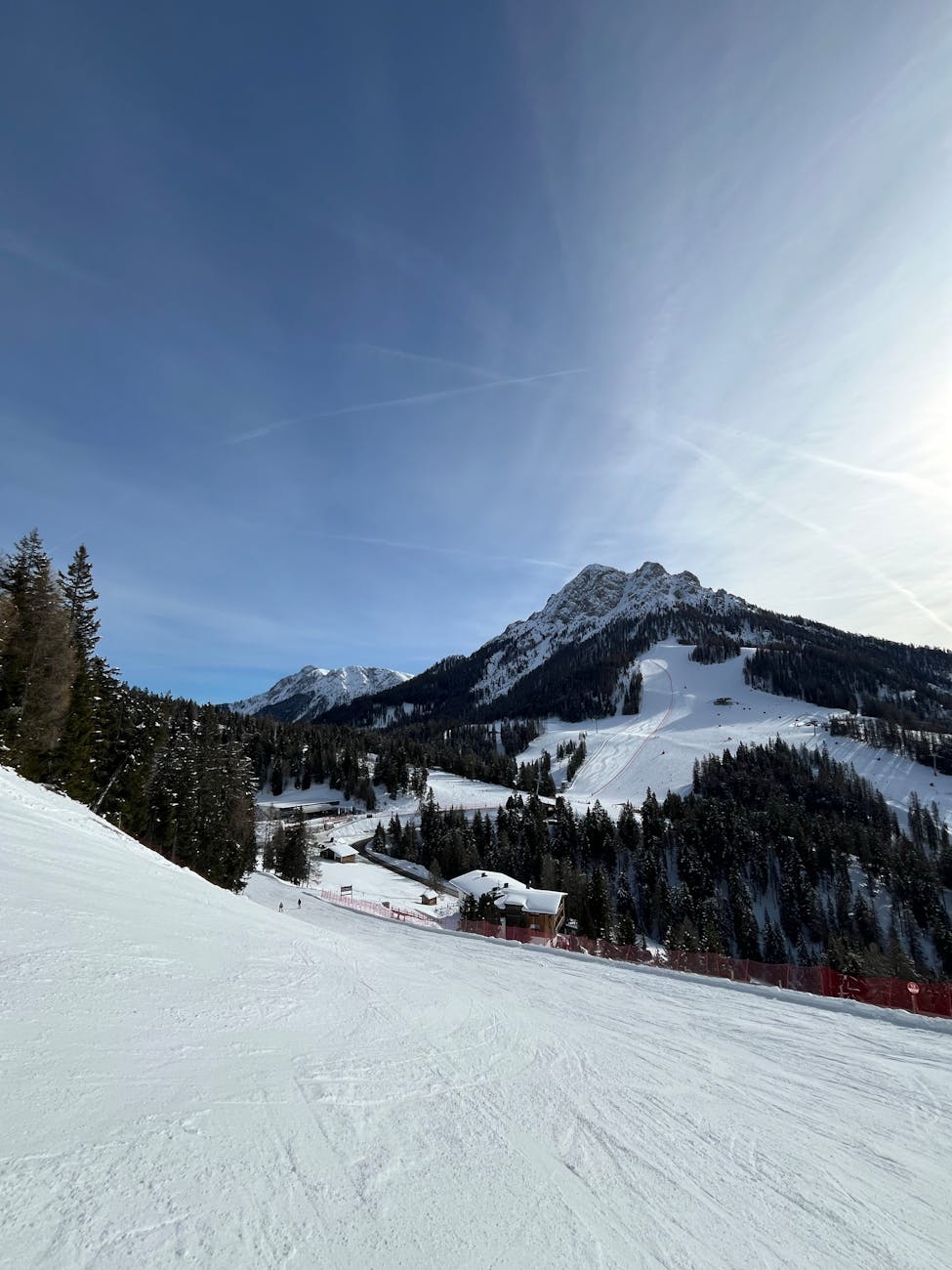Snowboarding culture has thrived for decades, rich in creativity and individuality. Recently, social media has forced a conversation about the integrity of this vibrant community. As everyone documents their epic moments in the mountains, the question arises: is social media ruining the authenticity of snowboarding culture? This blog dives into the nuanced aspects of this conversation, exploring both the positive and the negative effects of social media in shaping the future of snowboarding.
In an age where likes and impressions often dictate trends, it’s crucial to analyze how these digital platforms impact the essence of snowboarding. While it might seem at first glance that social media waters down authenticity, it equally serves as a catalyst for genuine connections and a renewed sense of community among snowboarders. By examining this phenomenon closely, we can unveil the deeper truths hidden within the conversations about snowboarding and social media’s influence on it.
To understand how social media influences snowboarding, we need to investigate its pervasive nature. Platforms like Instagram and TikTok allow riders to showcase their skills, connect with fellow enthusiasts, and witness an endless stream of jaw-dropping stunts. This visibility plays a vital role in shaping trends, from fashion to new techniques. However, in the digital frenzy, there’s a notable fear of becoming lost in a sea of content, turning authentic experiences into just another set of curated photos.
Undeniably, social media elevates accessibility and visibility for aspiring snowboarders, who often use popular hashtags and challenges to engage wider audiences. Yet, the continuous need for validation amplifies pressure, pushing some individuals to prioritize aesthetics over true snowboarding experiences. This can distort personal enjoyment, making it essential for enthusiasts to reflect on their motivations while shredding the slopes. The fine line between aspirational sharing and pressure to conform often blurs, raising meaningful questions about the journey of self-expression versus social expectation.
When immersed in heavily curated social feeds, observers may start to sense a dilution of authenticity in snowboarding culture. Gone are the days when pure passion drove athletes to pursue their love for the sport without feeling the weight of audiences judging their every move. With social platforms showcasing immaculate edits and perfectly tuned aesthetics, a shadow looms over spontaneous, raw moments that used to define snowboarding.
The shift toward hyper-polished content can discourage new riders from embracing their authentic selves. If everyone feels compelled to emulate popular influencers, the snowboarding community risks becoming a series of clones rather than a spectrum of unique expressions. This pressure creates an echo chamber, where the most widely accepted forms of creativity overshadow personal innovation. Consequently, while some traditionalists lament the changing landscape, others celebrate the new voices breaking through the noise, fostering a conversation about what truly defines snowboarding.
Despite the concerns about authenticity, it is essential to acknowledge that social media brings blessings to the snowboard community. Modern platforms grant riders an unprecedented opportunity to find their tribe. Gone are the pitfalls of isolation – snowboarders now bond over shared passions, exchanging stories, tips, and techniques at a click’s notice. In this interconnected landscape, young riders access diverse inspirations, learning from both local heroes and global icons.
Furthermore, the platforms also encourage inclusivity in ways that traditional media could only dream of. Women and minority snowboarders, who previously faced barriers to exposure, find themselves represented, inspiring others in the community to join the movement. This transformation pushes boundaries and invites more voices into an ever-evolving conversation about snowboarding culture, showcasing that authenticity can manifest in a variety of forms. As a result, the digital landscape does not solely strip away originality; it simultaneously amplifies the voices that enrich the culture.
Within the realm of social media, new dynamics emerge fostering community in ground-breaking ways. Riders organize meetups, promote events, and elevate localized scenes, creating a rich tapestry of connections that wouldn’t be possible without online platforms. The once tight-knit snowboarding communities now extend their reach, allowing enthusiasts from disparate backgrounds to unite under one common passion.
Moreover, social media acts as a digital scrapbook of memories. Each post, graphic, and video immortalizes moments that resonate beyond the individual, creating a shared history. Imagine fellow snowboarders from different continents sharing a laugh over a recent fall or exchanging tips on mastering a trick. This sense of solidarity nurtures a healthier, more supportive environment, resulting in bonds strengthened by shared experiences. Ultimately, social media showcases the resilience of snowboarding culture while breathing fresh life into its authenticity.
The conversation surrounding social media and its effect on snowboarding culture surfaces compelling debates. While certain aspects of authenticity may seem at risk, it’s vital to acknowledge the powerful connections and communities being formed in this digital landscape. Snowboarding, at its core, thrives on passion, individuality, and a sense of belonging, elements that social media can amplify. Although challenges persist with curating our expressions, they warrant reflection into the driving forces behind our love for the sport. As riders adapt, they carve out spaces where both authenticity and innovation coexist, redefining what it means to be part of the snowboarding community in the modern age.
Is social media harming the true spirit of snowboarding?
While it can create pressure to conform, social media also fosters community and inclusivity, allowing for a broader expression of snowboarding culture.
How does social media help new snowboarders?
It connects new riders with experienced snowboarders, provides valuable tips, and inspires them through diverse content.
Are influencers a good or bad thing for the snowboarding community?
Influencers can be both. They increase visibility and inspire newcomers but may also set unrealistic standards for authenticity.
Can social media promote inclusivity in snowboarding?
Absolutely! Social media platforms enable underrepresented voices to share their experiences, helping broaden the understanding of what snowboarding can be.
What can snowboarders do to maintain authenticity in the digital age?
Focus on genuine sharing, prioritize personal growth over social validation, and celebrate diverse expressions within the community.
Image Credit: Pexels
